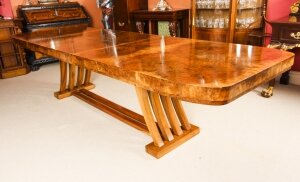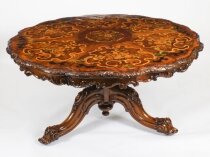Antique Art Deco 10ft Dining Table Burr Walnut c.1920 20th C


Ref:
A1925
Price:
£
0.00



